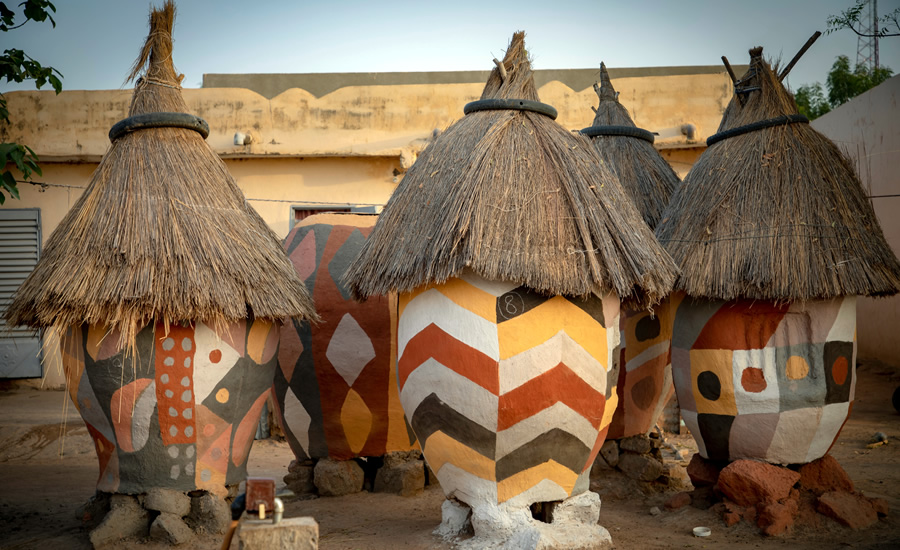
The small Malian village of Siby is once again the scene of a collective ritual that fuses art, tradition and sustainability. The Bogo Ja ffstival, held every year in this rural community in the Mandé, transforms earthen houses and barns into ephemeral works of art.
The undisputed protagonists are the women of the area, heirs to a knowledge passed down from generation to generation. Using natural pigments obtained from clay and plant materials, they cover the adobe surfaces with geometric motifs and symbols that evoke the history and memory of their people.
The contest is not limited to aesthetics. Participants compete for the best decoration, but also for the cleanliness of the environment and the preservation of ancestral techniques. The prizes, far from being luxuries, are tools and tools that reinforce the daily life of the families.
In each edition, hundreds of women join the initiative, multiplying the visual impact of a village which, for days, becomes an open-air gallery. At the same time, workshops, meetings with architects and cultural activities are held to raise awareness of the importance of environmentally friendly architecture.
The event, which began as a local event, has gradually attracted visitors from other regions and even from outside the country. Guided tours allow visitors to explore the decorated houses on foot, by bicycle or by traditional carriage, making the experience an example of cultural and community tourism.
With the Bogo Ja, Siby projects to the world a feminine tradition that revalues adobe as a living heritage, while affirming the creative force of Mali's rural communities.
Source: trt.global; esiau-mali.com
